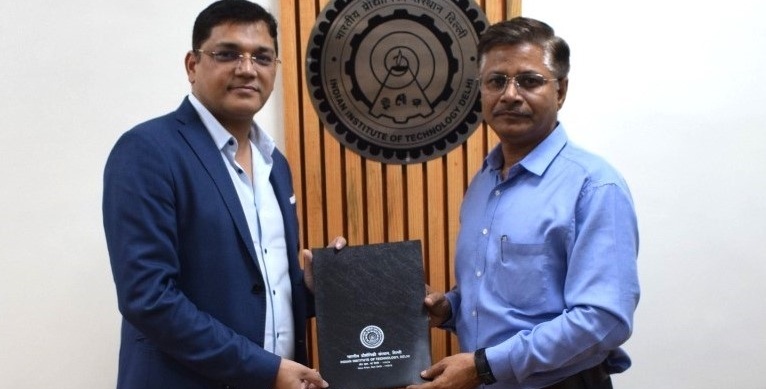Schedule a Call Back
Sun-powered success
 Articles
Articles- Sep 28,24

Related Stories

Transrail Lighting bags Rs 7 bn orders in power and infrastructure sectors
Transrail Lighting wins Rs 7.01 billion in new domestic and international orders, taking FY26 order inflow beyond Rs 23 billion across T&D, civil, and poles & lighting businesses.
Read more
The Cable & Wire Fair is a catalyst for growth: Priyank Jain
In this interview, Priyank Jain, CEO of Tulip 3P Media, elaborates on the evolution of Cable & Wire Fair (from a humble beginning to India’s flagship wire, cable & allied industry expo) and its in..
Read more
VFlowTech and IIT Delhi Partner to Extract Vanadium from Refinery Waste
VFlowTech has partnered with IIT Delhi’s FITT to recover high?purity vanadium from refinery waste, building India’s first circular vanadium ecosystem for long?duration energy storage solutions.
Read moreRelated Products

Integrated Electric Gripper S Series
IBK Engineers Pvt Ltd offers a wide range of integrated electric gripper S series.

Geared Electric Motors
Delco Fans Pvt Ltd offers single phase capacitor run and three
phase geared Instrument motors, totally enclosed face/foot mounted.

“Kusam-Keco” Partial Discharge Acoustic Imager - Model - Km-pdai
‘Kusam-Meco’ has introduced a new “Partial Discharge Acoustic Imager Model KM-PDAI.

















